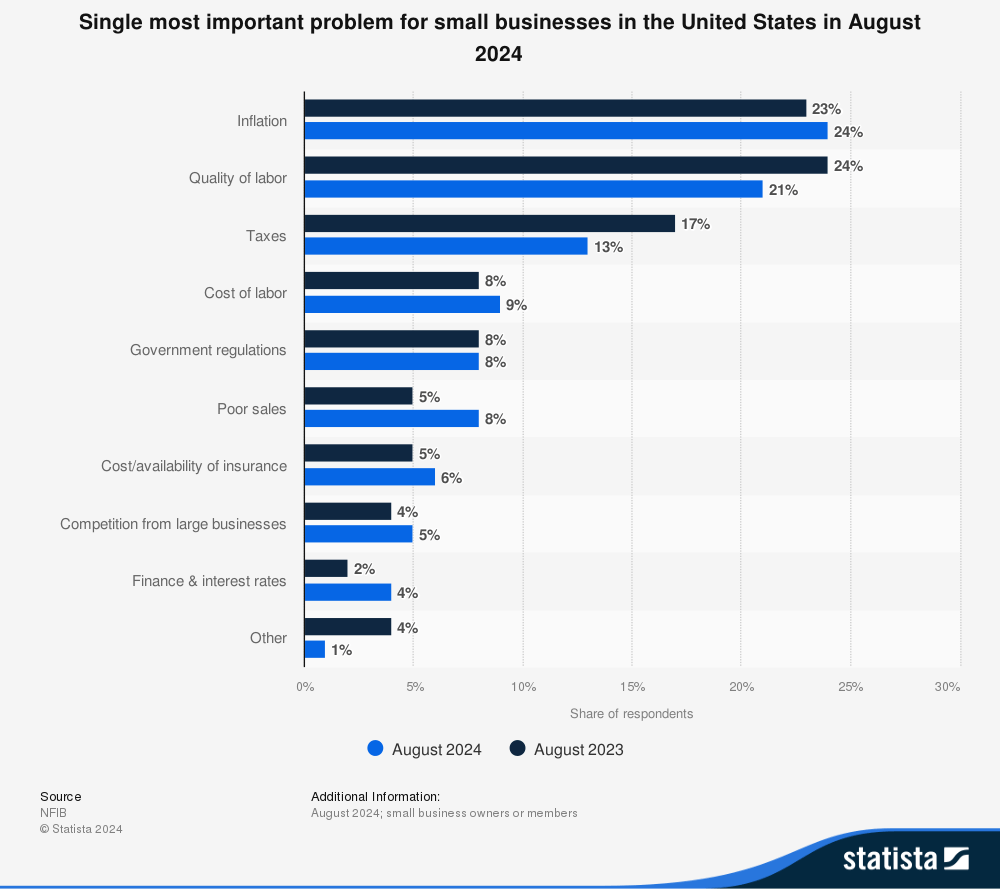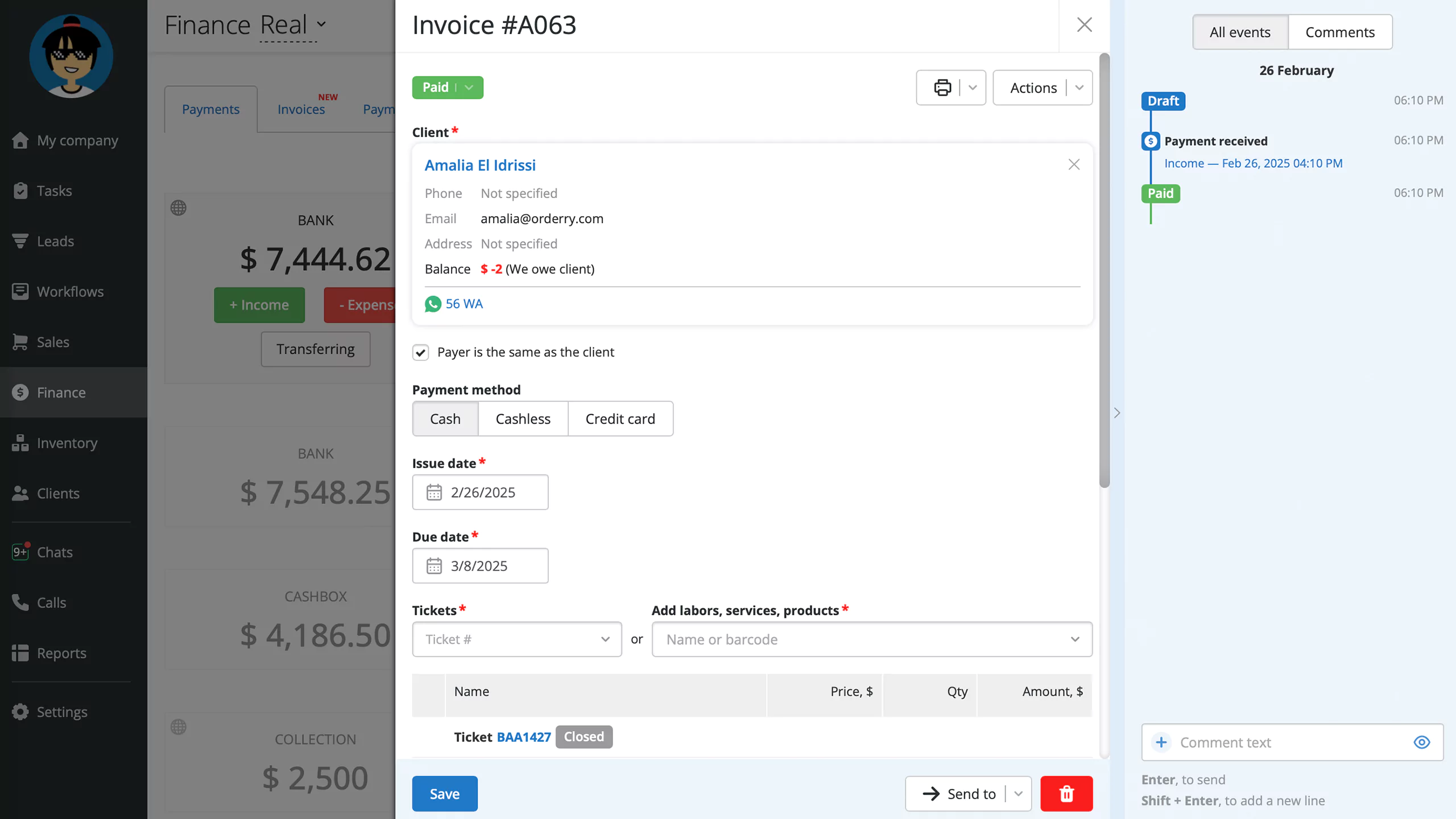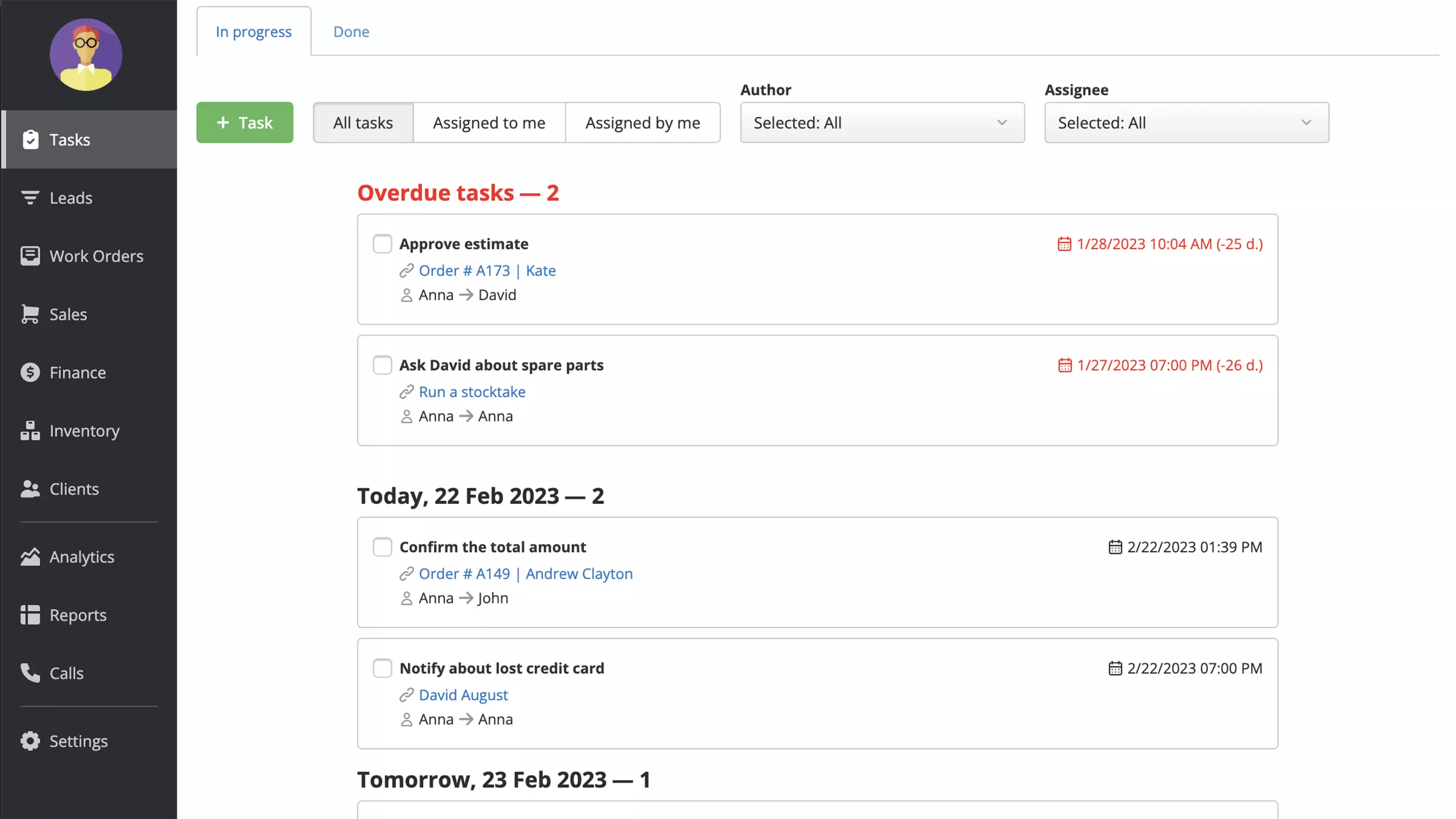The Best Productivity Tools For Small Businesses
Find the tools that will help you work smarter, not harder.
Does it often feel like you’re putting out fires instead of focusing on growth? You’re not alone! Many entrepreneurs find themselves overwhelmed with responsibilities, wishing for a way to enhance their efficiency. This blog post guides you through innovative business productivity tools to help you get more done in less time.
Table of Contents
How Business Productivity Tools Drive Success
Best Productivity Apps for Small Business
Strategies for Using Multiple Tools Together
Final Thoughts
Productivity is the backbone of any successful small business. With limited resources and manpower, small businesses must maximize efficiency to stay competitive. One of the most pressing challenges they face is the quality of labor, as they often operate with smaller teams and tighter budgets. In this survey, approximately 21% of small business respondents identified quality of labor as the primary challenge facing their enterprises. Business productivity tools and technology help alleviate this issue by automating tasks, improving communication, and streamlining operations. By leveraging the right tools, small businesses can compete more effectively in the market, even with limited resources, while fostering a more productive and skillful workforce.

How Business Productivity Tools Drive Success
The benefits of using productivity tools for business are numerous and can significantly enhance your operational efficiency:
- Time savings. Automating repetitive tasks allows employees to focus on high-impact activities.
- Cost efficiency. Reducing manual labor decreases operational costs.
- Better organization. Centralized systems keep business operations structured and easily accessible.
- Improved collaboration. Cloud-based tools enable seamless teamwork, even for remote employees.
- Enhanced customer experience. Faster response times and well-managed data improve client interactions.
The hidden benefits of small business productivity tools extend far beyond mere efficiency gains. For instance, these tools often include features that promote seamless teamwork and sharing of ideas, fostering a sense of community among employees. Many productivity tools provide data analytics that helps organizations track performance, identify bottlenecks, and make informed decisions that drive growth. These often-overlooked advantages contribute to a more engaged and motivated workforce, ultimately leading to long-term success.
Orderry is the only tool you need to boost your business productivity. Sign up for a 7-day FREE trial.
Best Productivity Apps for Small Business
From customer database software to communication platforms, your chosen tools can transform your workflow and free up precious time for growing your business. Let’s explore the best small business productivity tools to maximize efficiency, simplify tasks, and help you achieve your goals faster.
Customer Relationship Management (CRM) Tools
CRM tools help businesses efficiently manage customer interactions, sales pipelines, and customer data. Here are some popular options, which offer specialized solutions for various industries:
- Orderry: All-in-one work order software designed for service-based businesses. It helps manage customer relationships, work orders, and sales processes hassle-free.
- HubSpot CRM: A free, user-friendly CRM with sales and marketing automation features.
- RepairDesk: A CRM built specifically for repair businesses, offering inventory management, invoicing, and ticketing features.
- RepairShopr: A comprehensive tool for repair shops, combining CRM, invoicing, and POS functionalities.
- Salesforce: A robust CRM with extensive customization options for businesses of all sizes.
- Shopmonkey: A powerful tool for auto repair shops that includes estimates, invoicing, and workflow automation.
Learn more about what CRM is and how to choose a CRM system for your business.
Billing and Invoicing Tools
These small business productivity apps help generate invoices, track payments, manage budgets, and analyze financial health.
- Stripe: A popular online payment processing platform that integrates with various business tools to streamline transactions and manage recurring payments.
- Square: A payment processing solution with built-in invoicing, POS integration, and online payment capabilities, ideal for small businesses and retail stores.
- QuickBooks: A widely used accounting tool with invoicing, expense tracking, and reporting.
- FreshBooks: Ideal for small businesses, offering easy-to-use invoicing and payment tracking.
- Wave: A free option with essential accounting and invoicing features.
- Xero: A cloud-based accounting software for small businesses.
- Expensify: Automates expense tracking and reimbursement.
 Invoicing and payments in Orderry
Invoicing and payments in Orderry
Automation Tools
Automation reduces manual work by streamlining repetitive tasks like estimating, job processing, getting paid, and customer follow-ups.
- Zapier: Connects apps and automates workflows without coding.
- Make (formerly Integromat): Enables advanced workflow automation with powerful integrations and visual workflows.
- Orderry (built-in automation features): Helps automate Google reviews, client approvals, payments, notifications, and reporting for service businesses.
- IFTTT: Automates actions between different applications and devices.
The client approval feature has been a game-changer for us. It allows our clients — many of whom are high-profile individuals who value control — to review and approve orders remotely, complete with their digital signature. Even with our concierge service where our seamstress visits them, this feature allows us to send the order for final review and approval, ensuring they’re involved in every step.
AI Tools for Enhancing Business Productivity
Artificial Intelligence (AI) is revolutionizing small business productivity by automating complex tasks, providing data-driven insights, and enhancing customer interactions. AI tools for business productivity streamline operations, improve decision-making, and reduce manual workloads.
- ChatGPT: AI-powered chatbot that assists with customer service, content generation, and workflow automation.
- Grammarly: AI-driven writing assistant that enhances communication by correcting grammar, spelling, and tone.
- Zapier AI: Uses machine learning to predict workflow automation needs and improve efficiency.
- Notion AI: Enhances note-taking, project management, and document summarization with AI-driven assistance.
- Orderry’s AI-powered product posting: Simply inventory updates by uploading a file from your supplier and easily mapping its data to Orderry fields.
 AI-powered product posting in Orderry
AI-powered product posting in Orderry
Communication Tools
Strong communication tools streamline customer communication and keep teams connected.
- Slack: A team messaging app with channels, integrations, and file sharing.
- Zoom: A video conferencing solution with webinar hosting capabilities.
- Orderry Chats: Manage instant messaging, inquiries, and comments from various platforms in one customer communication software. Integrate seamlessly with popular messaging services including Twilio, BulkSMS, WhatsApp, Facebook Messenger, and Instagram Direct for a unified communication experience that enhances customer satisfaction.
 Integrated communication hub in Orderry
Integrated communication hub in Orderry
Scheduling and Appointment Tools
Scheduling tools help businesses manage appointments and team availability.
- Calendly: An automated scheduling tool that integrates with calendars.
- Acuity Scheduling: Ideal for appointment-based businesses with client self-scheduling features.
- Google Calendar: A simple but effective scheduling tool for managing meetings.
- Orderry: The built-in job scheduling software allows businesses to schedule jobs and employee shifts directly in CRM, optimizing workforce management and ensuring efficient resource allocation.
When creating a roster for guys, it’s handy to use everything in one system. That's really good. When we schedule detailing jobs, we can see in Orderry who is working, having a day off, or having a holiday, so we don't overbook cars.
Apps for Business Productivity On-The-Go
Mobile apps keep field teams and business owners connected and productive while on the move.
- Orderry App: A full-featured mobile version of Orderry, the work order management app enables seamless job processing from estimating to getting paid.
- Orderry Dashboard App: A business monitoring app providing real-time insights for business owners.
- Google Drive: Cloud storage and document collaboration on the go.
Time Management Tools
Time-tracking tools help businesses analyze productivity and optimize working hours.
- Toggl: A simple time-tracking tool for freelancers and businesses.
- RescueTime: Provides insights into time spent on tasks.
- Clockify: A free time tracker with reporting features.
- Clock In/ Clock Out in Orderry: Employee management software ensures accurate work hour recording and reduces the likelihood of time theft. (coming soon)
Task Management Tools
Task management tools help teams plan, assign, and track tasks to ensure project efficiency.
- Monday.com: A flexible work management platform that helps teams track tasks, projects, and workflows.
- ClickUp: A highly customizable task and project management tool with built-in collaboration features.
- Wrike: A powerful tool for teams needing advanced project tracking and workflow automation.
- Basecamp: A simple but effective tool for team collaboration and task delegation.
- Orderry: An online task manager within Orderry allows businesses to create, assign, and track tasks. It helps streamline workflow by linking tasks to work orders, customers, and employees, ensuring better accountability and efficiency.
 Task management tools in Orderry
Task management tools in Orderry
Strategies for Using Multiple Tools Together
Using multiple productivity apps for your business is beneficial, but integrating them ensures maximum efficiency. Automation between tools eliminates redundant work and reduces errors. Here’s how small businesses can combine their productivity tools:
Centralize Information
Integrating tools that sync across platforms ensures all key business data is accessible in one place. For example, using service management software like Orderry alongside an invoicing tool like QuickBooks can keep customer, inventory, and financial records aligned.
Choose Tools with Built-in Integrations
Platforms like Orderry offer all-in-one solutions for CRM, work orders, team management, and automation, reducing the need for multiple disconnected systems. For instance, connecting Orderry with Google Contacts ensures automated workflow.
Automate Reports and Notifications
Set up automated updates to keep teams informed without manual follow-ups. Zapier or Make can be used to trigger notifications from CRM systems to messaging apps like WhatsApp, Slack, or Microsoft Teams.
Test and Optimize
Regularly assess tool performance, analyze workflows, and make adjustments as needed. Using analytics tools, such as business dashboard software, allows you to monitor efficiency and make data-driven decisions.
Ensure Mobile Accessibility
Choose small business productivity tools with mobile apps to keep employees productive while on the go. For example, field technicians can use the Orderry App to manage work orders and update job statuses in real time.
Final Thoughts
Investing in productivity tools is crucial for small businesses looking to optimize operations, reduce workload, and drive growth. By selecting the right mix of CRM, automation, billing, communication, scheduling, and financial management tools, small businesses can improve efficiency and enhance overall productivity. Tools like Orderry, QuickBooks, and Stripe offer powerful solutions tailored to different business needs. Integrating these tools and leveraging automation ensures a seamless workflow, positioning small businesses for long-term success.





